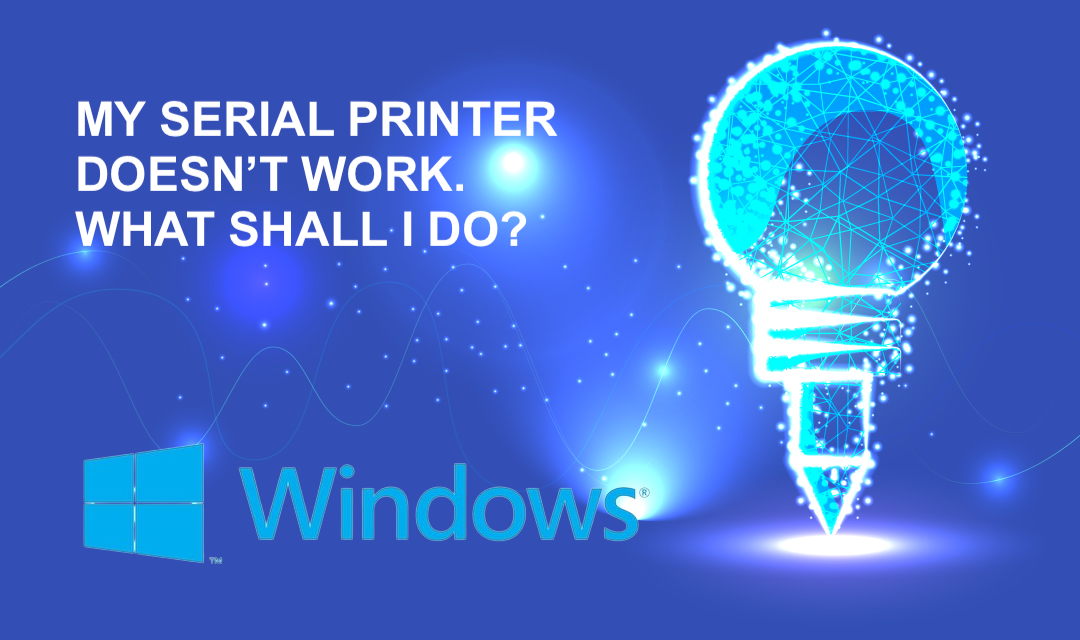
The choice between a serial printer, parallel printer, or USB printer depends on various factors such as the specific requirements of the application, the type of data to be printed, and the available technology. Here are some considerations that might influence the preference for a serial printer over parallel or USB printers.
Serial printers might be preferred in situations where older or legacy systems are in use. Some legacy devices may still have serial ports, making serial printers a suitable choice for seamless integration. Serial connections can support longer cable runs compared to parallel connections. If the printer needs to be located at a considerable distance from the computer or control system, a serial connection might be more practical.
Serial printers generally do not require a device driver to work in a desired software application. If POS software cannot print directly to the serial printer, it is preferable to make sure we can print from the running operating system such as Windows or Linux. Here are a few things to do to diagnose serial printer problems.
Use the right cable. When trying to connect a DTE (PC) to a DTE (such as a printer), you'll need to use a null model cable. For information about RS232 Cabling, refer RS232 Cables, Wiring and Pinouts.
Print out the Configuration page of the printer. (i.e. on Epson-compatible printers such as Epson, Star printer; you may press the FEED button while powering on the obtain the configuration information; On Zebra printers you can hold the Cancel button while powering up the printer).
Determine the Printer's BAUD RATE, PARITY, DATA BITS, STOP BITS, and protocol or HANDSHAKING; and set the serial device to use the same settings. If you intend to use a software application, you may want to set this setting to the specification required by your application.
Determine the COM port the printer is connected to. Most PCs have 2 or 4 COM ports, normally labeled as COM1, COM2, COM3, and COM4.
Print from the OS. You may print text files directly from Windows or Linux. Create a text file with a sample text, and issue the following commands.
1. On Windows
copy sample.txt COM1:
2. On Linux
bash % cp sample.txt /dev/ttyS0
If you can print the text on your serial printer, you're ready to print from the application. If the printer prints garbage, your printer may be set up in an OPOS or setup in a language other than English. Try downloading the printer driver from the manufacturer, and get it installed to bring the printer back to the mode you desire (i.e. ESC/POS).
Share this post
Leave a comment
All comments are moderated. Spammy and bot submitted comments are deleted. Please submit the comments that are helpful to others, and we'll approve your comments. A comment that includes outbound link will only be approved if the content is relevant to the topic, and has some value to our readers.

Comments (0)
No comment